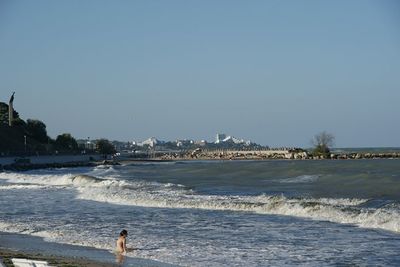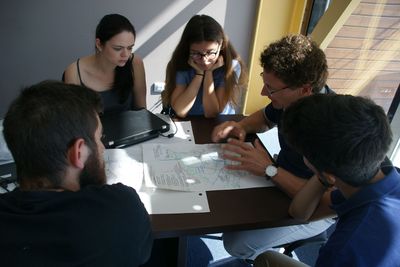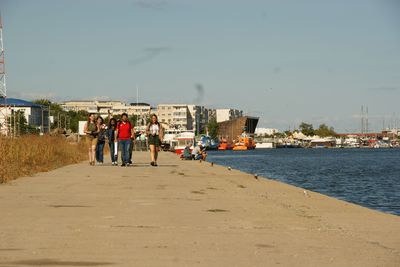COLAND Intensive Study Programme Mangalia 2018
Introduction to the Mangalia Case
Mangalia is a small town of 40.000 inhabitants situated on the Romanian Black Sea Shore close to the Bulgarian border. The town has seen very dynamic developments in the 1960’s and 1970’s during which huge public investments into coastal tourism were made by the central government. The town therefore exists today of a multifunctional urban centre plus the northern ‘satellites’ of Saturn, Venus, Jupiter, Neptun and Olymp. All of these are spas dating from the 1970’s, built during the socialist period as a public investment according to modernist design principles. The city itself is not solely based on tourism since it also hosts some industry, commerce and a major shipyard. Being founded as a Greek port in 600 AD the cultural heritage of Mangalia is multifaceted, but poorly visible in the urban landscape of today. The same applies to the rich and unique natural zones which are not sufficiently integrated into the urban tissue. Mangalia is facing many challenges, of which the constant outmigration of the younger generation is probably the most threatening. In order to approach this situation in a holistic way the city has published a local development strategy in 2016 which envisions Mangalia as a ‘Green City’ by 2023. The community is certainly very well aware of the need to redevelop a green and blue infrastructure for the benefit of its local economy and quality of life. Our study group will link to this goal and support the community by translating the strategy into concrete proposals.
The working process was structured around the following phase
- Identifying local potentials by applying an holistic landscape assessment framework
- Use the green/blue infrastructure approach to improve connectivity and multifunctionality of fragmented and competing spatial layers and structures
- Use people-centred and community-based evaluation, planning and design methods
- Apply scenario techniques for envisioning alternative futures and discuss these ideas with the local community
- Use innovative communication and visualisation tools to support the community in envisioning alternative futures
- Document outcomes as a basis for further local discussions and processes


